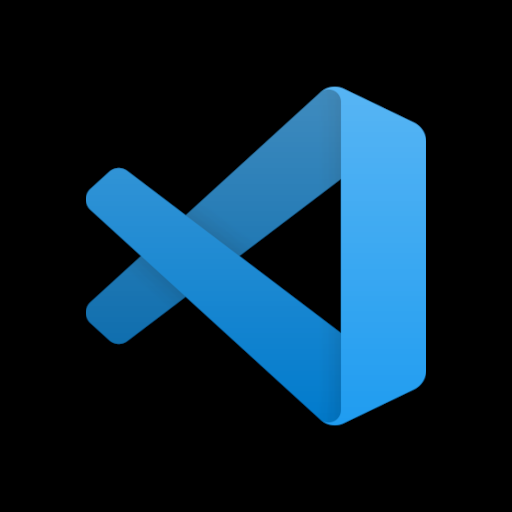- 3 Posts
- 11 Comments

 4·8 days ago
4·8 days agoI’d like to discover alternative sources if you know any. Most written literature I come across in searches are either technical specifications biased from the Bluetooth consortium, or watered down blog spam of the same consortium’s news releases. Very little in terms of critical analysis or observations of user adoption and real trends in the original equipment manufacturers.
For example, all throughout the news releases of 5.X, no one would discuss if any improvements to bidirectional audio sinks for microphoned headsets were implemented or planned. It’s like the consortium is content keeping us all on phone calls with HFP from the 1990s at bitrates of 64kbps, leaving Discord audio sessions sounding like on-hold music at the DMV.

 8·1 month ago
8·1 month agoYep, this is it…


 1·4 months ago
1·4 months agoInteresting! Got a source to learn more about that?

 1·8 months ago
1·8 months agoYou can use a USB hub dongle which passes through power via USB C with a Google TV (4K) device. That’s what I do for mine to connect it to the rest of my GbE VLAN via wired ethernet connection and avoid Wi-Fi packet drops when streaming or casting 4K HDR content. A dongle is also handy to connect any USB web cam so I can use the TV for large family video calls with the grandparents in the living room, via Android apps like Google Meet or Zoom.
Here is the one I use that also has a combo headphone jack with GbE Ethernet and passthrough charging, so also nice for Moonlight gaming on modern android 120Hz HDR tablets where I don’t want to use low bitrate HFP Bluetooth for discord calls while also listening to game audio and music. Note, when used with the Google TV, I don’t use the USB Hub’s HDMI, opting for the Google TV’s international cord to maintain Consumer Electronics Control (CEC) functionality.
Anker 655 USB-C Hub (8-in-1), with 2 USB-A 10 Gbps Data Ports, 100W Power Delivery, 4K HDMI, 1 Gbps Ethernet, microSD and SD Card Slots, 3.5 mm AUX, for MacBook, and More (Charcoal Gray) https://www.amazon.com/dp/B09MF6TJLW

 1·9 months ago
1·9 months agoGot a link to the ticket about some modules? I think that must have been inconsistent behavior I’ve been observing when attempting to stage them from my super project.

 2·1 year ago
2·1 year agoWhat? I’m using neon with Nvidia’s v550 driver right now. I’ll try switching switching to v555 driver as linked in OP via apt once it available through Nvidia’s (compatible) debian repos for Ubuntu.

 1·1 year ago
1·1 year agohttps://neon.kde.org ? Not sure if it’s received this patch yet, but it ships the latest version of KDE 6.

 1·1 year ago
1·1 year agoAre the two Linux devices on the same IP subnet?
Are any of the other KDE connect features working?

 8·2 years ago
8·2 years agoIt feels like we’re finally, and thankfully, coming full circle. I remember buying my first digital camera in the early 2000s, specifically chosen because it was one of the many that included USB web camera functionality. Aside from downloading the photos on its internal storage, external storage was optional, you could also use the included software to serve as a webcam source.
I can’t remember if it included a microphone, I’m thinking it didn’t. It also ran off on those small stubby film camera batteries, and not off USB power from the cable you connected it to, which was kind of dumb, and made it expensive to use as a webcam. The video quality must have been something around 140p, and any kind of conference call software was garbage back then as well. Yet the premise of a single device having multi-use features was such a no-brainer, given you already had have the PC USB integration to use it as a point and shoot digital camera.
Modern smart phones have such excellent cameras, it felt really odd that you had to use a lot of hacky work arounds and reencoding over network streams to emulate the same functionality that some of the first affordable digital cameras on the market had decades prior. I spend some time looking into weather a custom Linux kernel could be used with Android to emulate the standard USB profile of a UVC camera device, but it’s really nice to hear that this kind of functionality is being pushed through Android mainstream development.
https://github.com/tejado/android-usb-gadget
Guess it only took a pandemic and Apple to showcase the same functionality to spur the core Android development into gear to match feature parity.
I do as well. I really appreciate the information density, key bindings, and optional web UI. Although I found if I leave glance is running for a prolonged amount of time, it has a tendency to crash from some python issue I haven’t dissected yet, as it takes so much time to reproduce.


Interesting, what browser and extensions? Looks like it’s rendering fine on my end for chrome and Firefox on Android, with or without my normal extensions like Dark Reader.